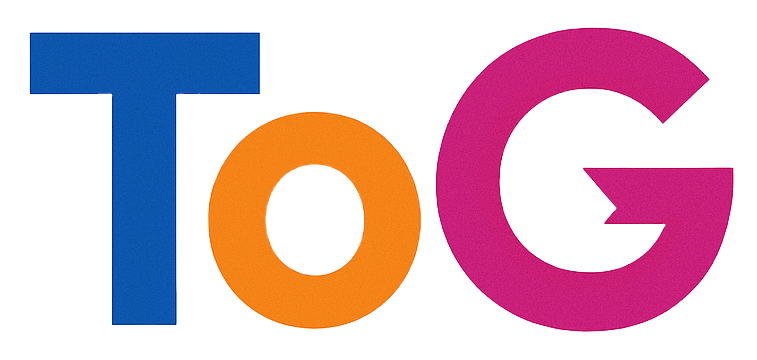HubSpot Experiments with Content Accessibility: Balancing SEO, AI, and User Engagement
In an innovative move, HubSpot has recently initiated a distinctive experiment on its blog platform that could have significant implications for digital content strategies. This test involves restricting direct access to certain content for human visitors while maintaining visibility for search engines and AI chatbots. As industry professionals, it’s crucial to observe and analyze the potential impacts of this approach.
Understanding HubSpot’s Perspective
While official details remain limited, we can infer the reasoning behind this experiment. HubSpot appears to anticipate a substantial decline in organic traffic—potentially between 30-50%—as artificial intelligence-driven chat systems and Google’s overview snippets become more prevalent in search results. Recognizing that blocking AI bots entirely would eliminate all traffic, the company instead opts for a nuanced strategy: allowing AI and search engines to index content, but limiting human access through visual gating.
This approach involves implementing client-side overlays—visual barriers that hide parts of the content without removing it from the webpage’s underlying code (the DOM). Consequently, AI tools can still access and, potentially, reference this content in their responses, while human visitors encounter a teaser or a prompt that encourages them to take further action, such as providing an email address.
The Strategic Rationale
HubSpot’s strategy appears rooted in a shift from traditional organic traffic reliance toward optimizing owned media channels and lead generation. By gating content visually, they aim to:
- Preserve content visibility in AI-driven summaries and search engine features.
- Capture leads through email collection overlays, as most blog visitors are unlikely to convert during their initial visit.
- Reduce dependency on Google’s search traffic, especially as AI summaries might serve as primary information sources for many users.
This approach signals a recognition that the landscape of web traffic is changing—Google’s role diminishing in favor of AI and newsletters. As HubSpot suggests, if this experiment succeeds, it could inspire a broader trend among brands to prioritize email subscriptions and direct content engagement over traditional search-based discovery.
Broader Implications for the Digital Ecosystem
Should this strategy prove effective, it may trigger a seismic shift in how content creators, marketers, and publishers approach web publishing. Possible outcomes include:
- Increased reliance on owned media: Brands may invest more in email marketing and newsletters as primary channels for audience engagement.
- Changing user journeys: Visitors might lean towards subscribing to curated content rather than searching directly through Google.
- **Evolution

